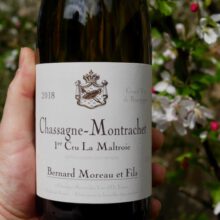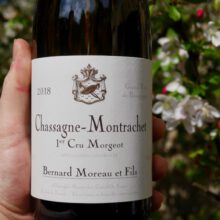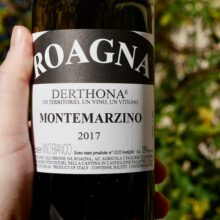
Product information
Domaine William Fèvre Chablis Premier Cru ‘Vaillons’ 2021
$137
Description
From a huge 3.5 ha holding that is composed by <75% Vaillons proper with the remainder from Roncières, Mélinots and Châtains.
Here too there is a vague suggestion of the exotic on the slightly riper aromas of pear compote, ocean spray, iodine and wet stone. The rich, vibrant and palate coating flavors are also supported by bright acidity that carries over to the wonderfully long, youthfully austere and firm finale. This beauty should age effortlessly
91-93 points, Drink: 2029+ ♥ Sweet Spot Outstanding, Burghound
The 2021 Chablis 1er Cru Vaillons reveals a perfumed bouquet of white flowers, citrus zest, crisp orchard fruit and shells, followed by a medium to full-bodied, satiny and seamless palate that’s bright and charming, with a pure, elegant profile. This has turned out beautifully.
92 points, Drink: 2025 – 2045, William Kelley – Wine Advocate
In stock











You must be logged in to post a comment.